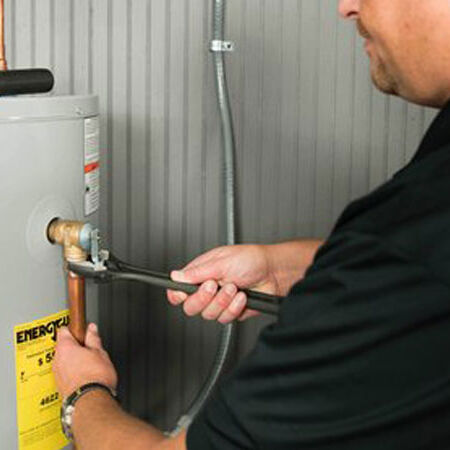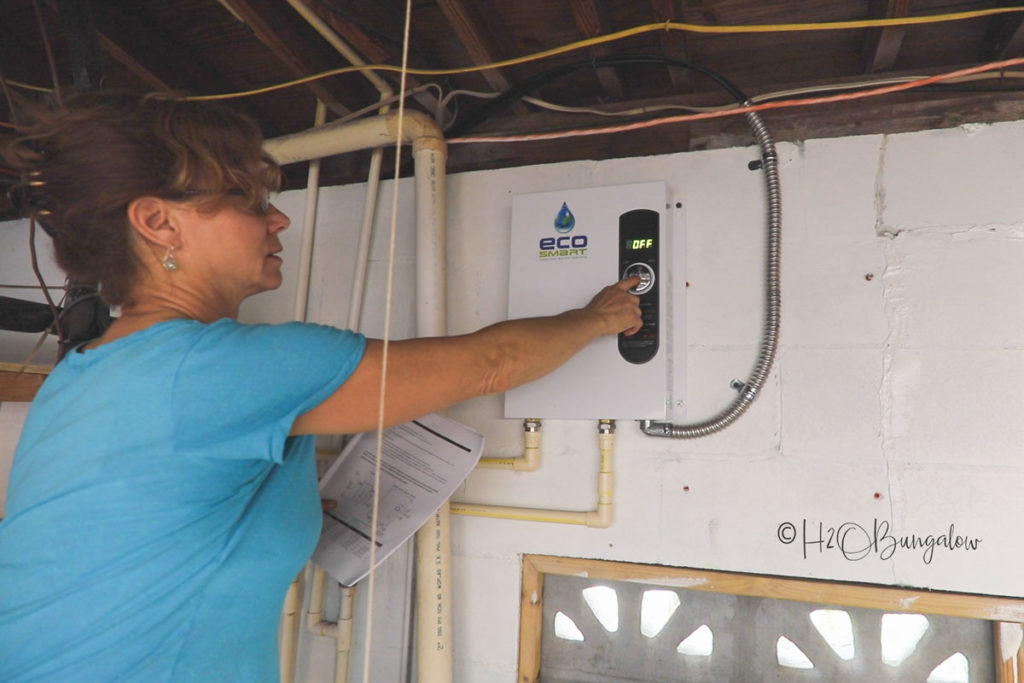DIY Water Heating Unit Installation: Necessary Steps for Success
When thinking about a DIY water heater installment, it is necessary to approach the job with a systematic state of mind, as the procedure entails a number of crucial actions that can significantly impact both safety and effectiveness. Selecting the ideal water heater for your particular requirements is just the beginning; preparing the installment area and comprehending the required devices and products are equally vital.
Picking the Right Water Heating Unit
When choosing a water heater, it is vital to take into consideration several essential aspects to make certain optimum efficiency and effectiveness - water heater installation Yorba Linda. Firstly, examine the kind of hot water heater that ideal matches your requirements. Choices consist of tankless, storage space container, and heatpump water heaters, each offering distinct advantages in regards to power effectiveness and space demands
Following, examine the capacity required for your house. A larger family might call for an unit with a greater gallon capability or a tankless system that can provide continual warm water. It's also critical to think about the power source; typical choices consist of electric, all-natural gas, and propane. Each energy type has effects for installment expenses and long-term energy costs.
Power performance is an additional vital variable. Look for units with a high Power Element (EF) score, as these designs take in much less power and can substantially lower utility costs. Additionally, check for service warranties and brand name dependability, as these can show the long life and maintenance requirements of the device. By carefully examining these factors, you can choose a water heater that straightens with your family's details requirements, guaranteeing convenience and performance for years to find.
Devices and Products Needed
Effectively setting up a hot water heater needs not only the appropriate choice of device but likewise the appropriate devices and materials. Prior to beginning on your do it yourself project, ensure you have a thorough list of products to help with a smooth installment process.
Vital tools consist of a pipe wrench, flexible pliers, and a screwdriver set (both flathead and Phillips), which will certainly help you take care of numerous installations and connections. In addition, a drill with appropriate bits is essential for mounting brackets or making any required openings. For safety, a voltage tester is essential, especially when taking care of electric hot water heater.
You will certainly likewise require a versatile water supply line, which can be either knotted stainless steel or PVC, depending on your choices and regional codes. By gathering these tools and products ahead of time, you established the phase for a successful water heating unit installment.
Getting Ready For Setup
Before beginning the setup of your water heating unit, it is important to assess the installment website to guarantee it meets all necessary needs. Start by validating that the area is well-ventilated, especially for gas water heaters, to stop the buildup of hazardous gases. Check for the availability of required connections, consisting of water supply lines and electrical outlets, guaranteeing they remain in excellent condition and properly located.

This aggressive method not only makes sure compliance with neighborhood building codes yet likewise improves the long life and performance of the water heating system. Correct prep work establishes the stage for a smooth installation process and assists avoid unforeseen concerns.
Step-by-Step Setup Refine
With the preparation complete and all necessary assessments performed, the next stage includes the step-by-step setup of your water heating unit. Begin by guaranteeing that the brand-new unit is positioned properly, aligning it with the existing pipes and electric connections. For tank-type water heating systems, link the chilly water supply line to the inlet, usually marked in blue, and the warm water line to the outlet, normally designated in red. Use Teflon tape on threaded joints to avoid leakages (water heater installation Brea).
Next, safeguard the temperature and pressure safety valve, which is vital for safety. Connect the discharge pipe to this shutoff, routing it in the direction of the floor or a suitable drain location. For electrical versions, attach the power supply by stripping the cords and securing them to the heating unit's terminals according to the maker's instructions.
If you are setting up a gas hot water heater, guarantee the gas line is linked effectively and inspect for leaks utilizing a soap remedy. Connections are made, load the storage tank with water prior to turning on the power or gas supply. Enable the water heating unit to get to the preferred temperature level and check for any leaks around all links.
Ensuring Safety And Security and Performance
Regularly ensuring safety and effectiveness during the setup and Check This Out procedure of your water heating system is critical for ideal performance and durability. Begin by choosing a suitable area that adheres to local structure codes and provides sufficient air flow. Make sure that the location is without flammable products and has enough space for upkeep and evaluations.

After setup, conduct normal checks on the system to discover leaks, corrosion, or unusual sounds. Establish the thermostat to a secure temperature, generally around 120 ° F, to avoid hot and boost energy effectiveness. Shield pipelines to lower warmth loss, which adds to reduce power expenses.
Conclusion
To conclude, successful do it yourself hot water heater installation depends upon careful planning and execution. Choosing the appropriate water heater, preparing the why not try this out installation area, and adhering to a methodical installment process are essential steps. Sticking to safety and security standards throughout the setup guarantees both security and efficiency. Furthermore, regular maintenance checks post-installation will certainly add to the optimum efficiency of the hot water heater, eventually improving the longevity and efficiency of the system. Properly establishing the thermostat additionally guarantees risk-free operation.
When thinking about a Do it yourself water heater installation, it is important to approach the job with a systematic frame of mind, as the process includes several critical steps that can considerably affect both safety and security and effectiveness.Prior to beginning the installment of your water heater, it is critical to examine the installation website to guarantee it satisfies all necessary demands. For tank-type water heating systems, connect the cold water supply line to the inlet, commonly noted in blue, and the hot water line to the electrical outlet, normally designated in red.Consistently making certain security and performance throughout the installment and operation of your water heating unit is critical for optimal efficiency and durability. Picking the ideal water heating unit, preparing the installation area, and adhering to straight from the source a methodical installment procedure are critical actions.